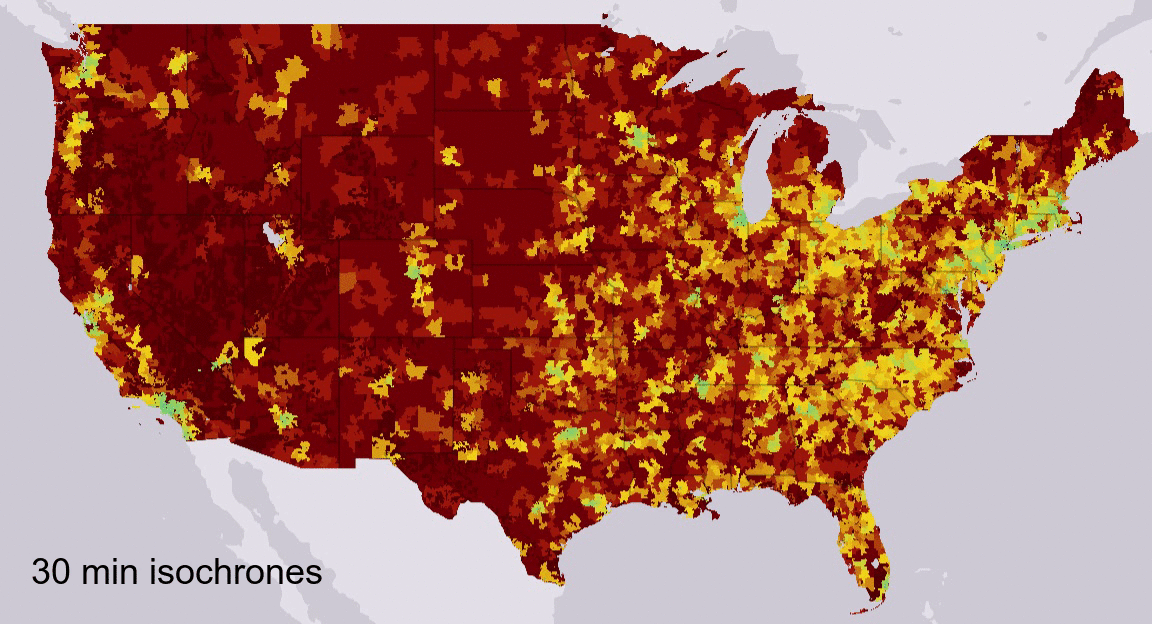From the series:
Millennial Student Debt
Millennial Student Debt
Unequal and Uneven: The Geography of Higher Education Access
Previous research on the geography of higher ed has simply reported the number of institutions in a given area. But the raw number of schools is ambiguous, as it fails to account for enrollment. We wanted to complicate the picture: given the uneven distribution of higher ed institutions and institution types—public and private non-profits, as well as for-profits of all kinds—around the country, we wanted to examine what role market concentration might play in a higher education industry increasingly characterized by a wide divide between elite institutions and the landscape of what Tressie McMillan Cottom has termed “Lower Ed.”

In much of the existing higher education literature, “college access” is understood in terms of pre-college educational attainment, social and informational networks, and financial capacity, both for tuition and living expenses. The US ranks highly on initial college access by comparison with other countries, but this access—along with all major metrics of college success, including completion rates, default rates, and debt-to-income ratios—exhibits drastic inequality along familiar lines of race, gender, class, and geography.
View the full post on the Phenomenal World here.
View the interactive map here.
View the press release here.